Blender: everything you need to know
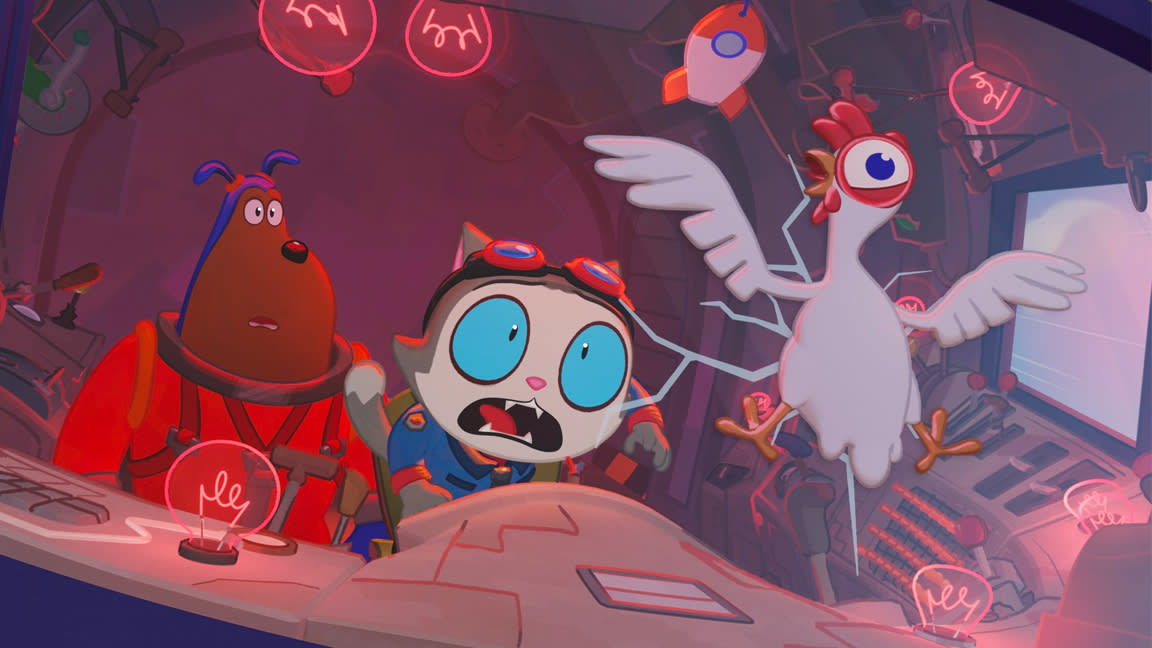
Quick menu
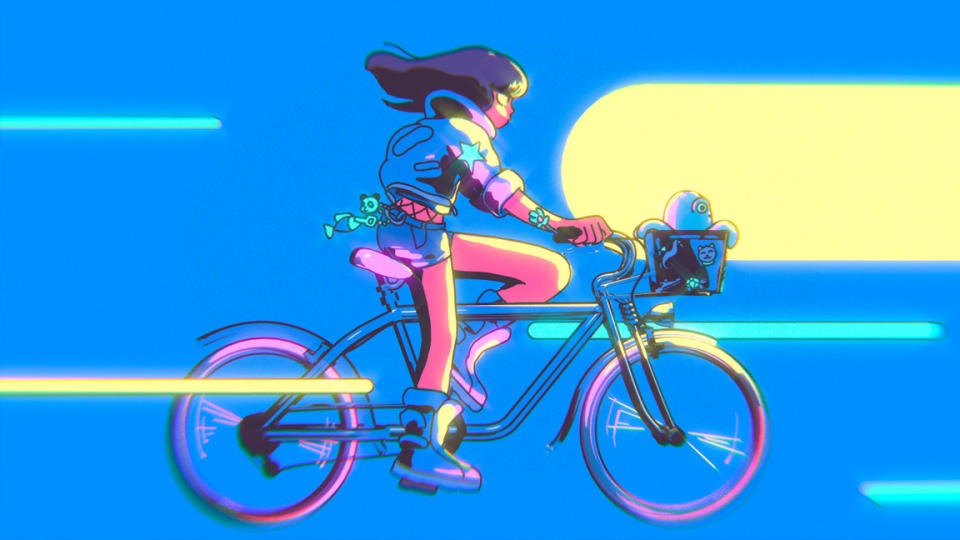
Jump to the quick list↴
1. What is it?
2. What's it used for?
3. Must-know tools
4. The price
5. What computer do I need?
FAQs
Blender is a 3D creation suite that is both free and open-source, in this feature I'll explain everything you need to know about Blender and how to get started. Blender has a large and faithful fan base who love the fact that it's free and its general ethos towards its development and improvement.
We have a list of the best Blender tutorials to help you get started, and update it regularly with new tips and tricks. We also have a brief guide to how to get started in Blender. You'll also need a good laptop or desktop with a dedicated graphics card, I go into this in more detail below, but also read our guide to the best laptops for animation for some good picks.
But before we dig in, let's recap: Blender began its life back in 1995 when a Dutch animation studio developed it as an in-house 3D application. The early days saw many highs and lows that resulted in Blender being released to the world. The past three decades have seen this rudimentary application go from strength to strength, with new features regularly added and its core functionality improved.
Despite its free price tag, Blender has been used on a number of high profile projects, such as short films Spring and Next-Gen. Alongside this, Blender has also found its home with freelancers and solo artists as well as smaller and larger studios alike. Read on for more about Blender, or visit the Blender website to download it for free and start creating.
Blender: what is it?
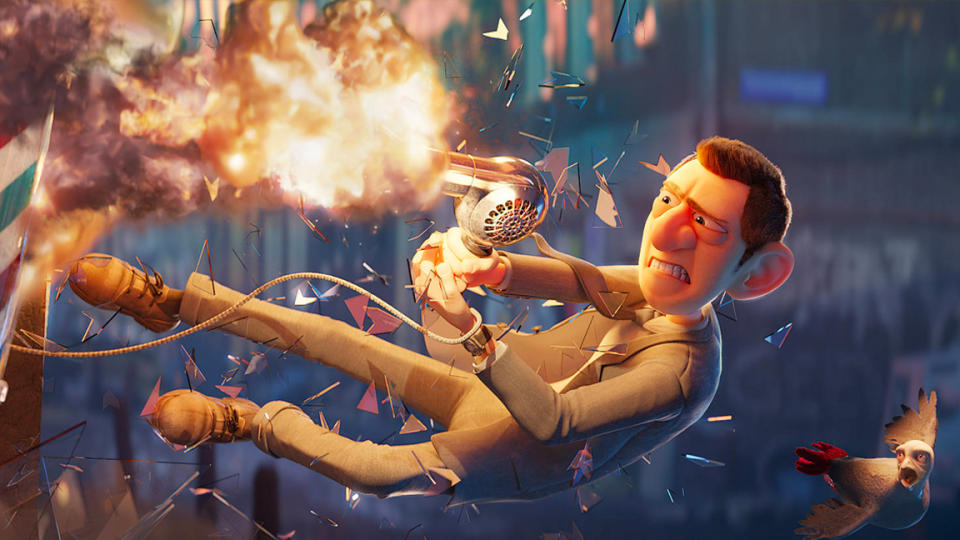
Blender is a generalist's dream. It sits in the same category as the likes of 3ds Max and Cinema 4D - giving creators access to tools for modelling, sculpting, animation, VFX, rendering and more. It is therefore possible to use Blender for every part of a project right from inception through to delivery.
Each of Blender's features have been refined and enhanced over the years making it a viable option for many creatives. Some of its newer features such as its viewport compositor are still lacking robust implementations and so oftentimes it makes sense to use alternative dedicated applications for specific parts of projects. The interoperability of Blender makes it fairly easy to move between applications.
Blender has become a cherished software platform for animators in particular, and over the years man award-winning shorts have been mad using it, such as Agent 327: Operation Barbershop and the Netlix series, Maya and the Three.
Blender: what's it used for?
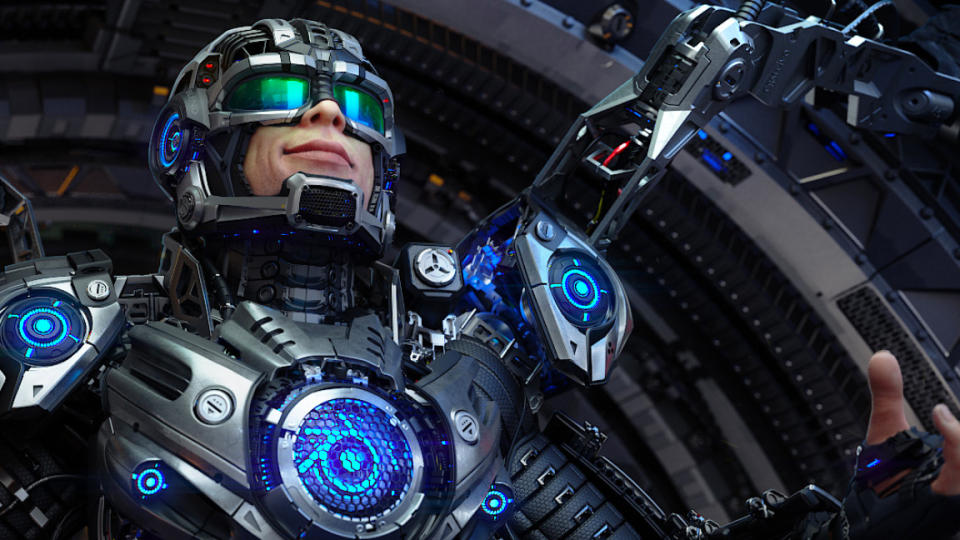
Blender is utilised across a wide range of industries including architecture, visualisation, TV, film, and videos games. It enables artists to create 3D models, animate objects and people, as well as texture and render them for final output to images and videos.
So much can be achieved in Blender, from 3D modelling to visual effects and even 2D drawing using the complex but incredible Grease Pencil, but my standout features would be as follows:
Vector displacement map brush
This is a sculpting brush that enables displacement of the mesh in three different dimensions.Hair tools
26 hair assets can be added either as modifiers or for even greater control as geometry nodes. Functionality includes the ability to generate and deform hair alongside others.Viewport compositor
A GPU-based compositor that overlays edits on top of the compositing result. This means that colour corrections, lens distortions and glare, to name a few, are overlaid right inside the viewport.Asset browser
This browser keeps assets organised and enables artists to create and ‘dress’ scenes significantly quicker than previous workflows.Grease Pencil
This Blender object allows artists to draw in 3D space and can be used to make traditional 2D animation, cut-out animation, motion graphics or as a storyboard tool.
Blender: must-know tools
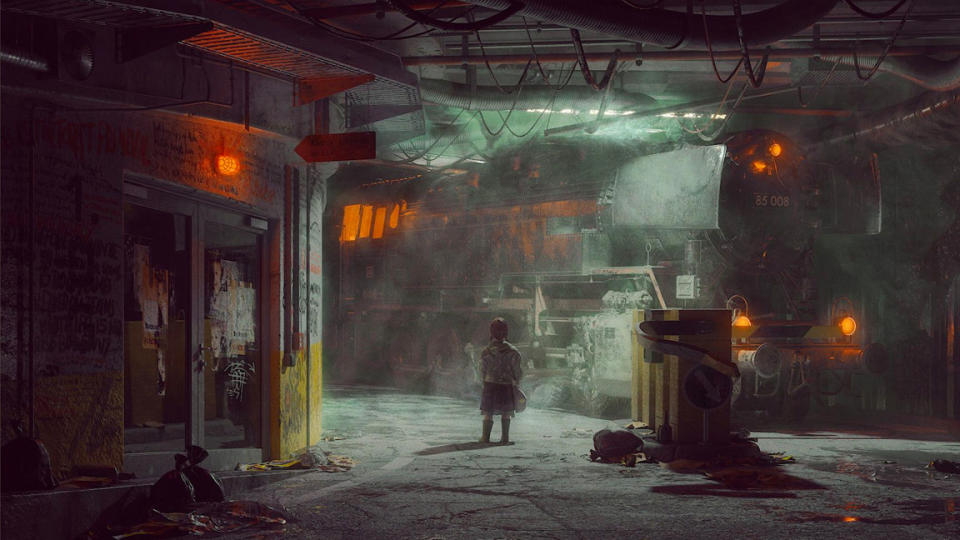
Every release of Blender includes a new set of features. Here we’ll cover some of the more general capabilities of the application with some focus on specific noteworthy features.
Modelling
Blender includes all the modelling and editing functionality that you’ll need for most projects. It supports all major file formats so 3D models can be imported from other DCCs. To extend this functionality there are modifiers which are automatic operations that affect an object in a non-destructive way.
Animation
Blender’s animation tools are used on a wide ranging of animated projects including award-winning short films. The toolset covers a range of different workflows including traditional keyframing and walk-cycles.
Version 3 of Blender saw the introduction of a pose library which allows animators to store and apply various character poses with absolute ease. By providing an interface that not only enables the adding of poses to characters but also gives tools to blend between poses, animators are able to set their poses up in a fraction of the time.
As Blender has evolved, the process of animation is becoming increasingly natural for artists. The tools themselves have taken a back seat and the creative process has taken the fore.
Rendering
Blender’s primary production rendering engine, Cycles, has received a major overhaul in recent years. Now called Cycles X, it boasts rendering times up to 8x faster than its predecessor. The previous underlying code was over a decade old so it was due some attention.
Alongside the better algorithms that have been adopted, much of the improvement has come through the changes to the underlying architecture and utilising the capabilities of modern CPUs and GPUs. The rendering tools, out-of-the-box, provide artists with the controls to create physically accurate results.
Eevee is Blender’s realtime render engine which focuses on speed and interactivity. This renderer is perfect for look development but can be used on final renders if preferred.
Managing Assets
Another strength of Blender is its functionality for managing assets. This is made possible through its very own Asset Browser. By utilising Asset Libraries, Catalogs and Tags artists are able to create, access and organise their favourite assets at the click of a button.
These assets, which include models, materials, poses and even worlds, can be dragged into the viewport for easy application. The browser is visual and integrates directly into Blender. Once you’ve got used to it you’ll find it speeding up your entire workflow.
Blender: the price
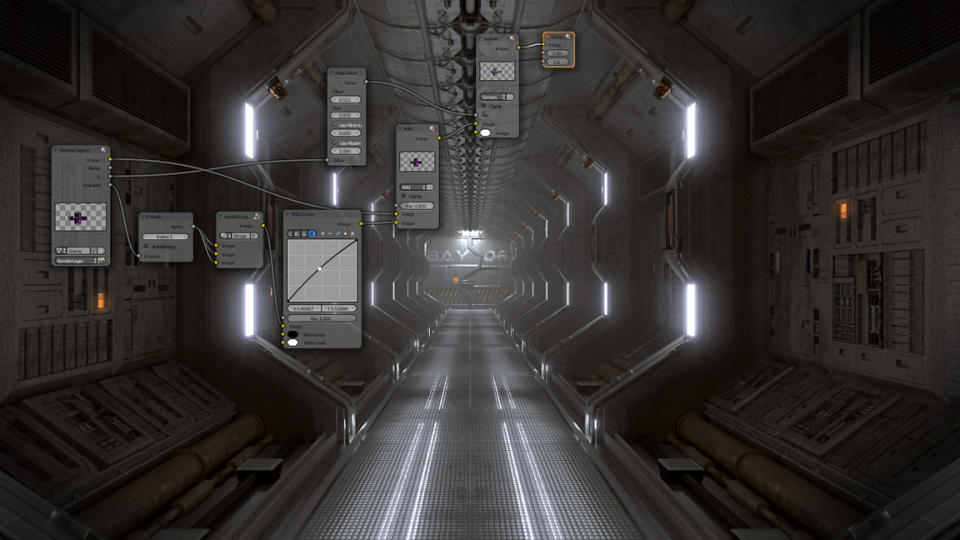
Blender is both free and open-source and both of those facts show no sign of changing. Since its inception, Blender has been available to anyone who wants to use it with no payment required.
Blender can be extended using third-party scripts and plugins to speed up your workflow and create specialist simulations. Some of these are free but a large number of these are paid for.
At its core, Blender contains a significant set of robust tools but it can lack specific elements of functionality. You may therefore, from time to time, find yourself needing to part with some cash to utilise a plugin or two.
Blender: what computer do I need?
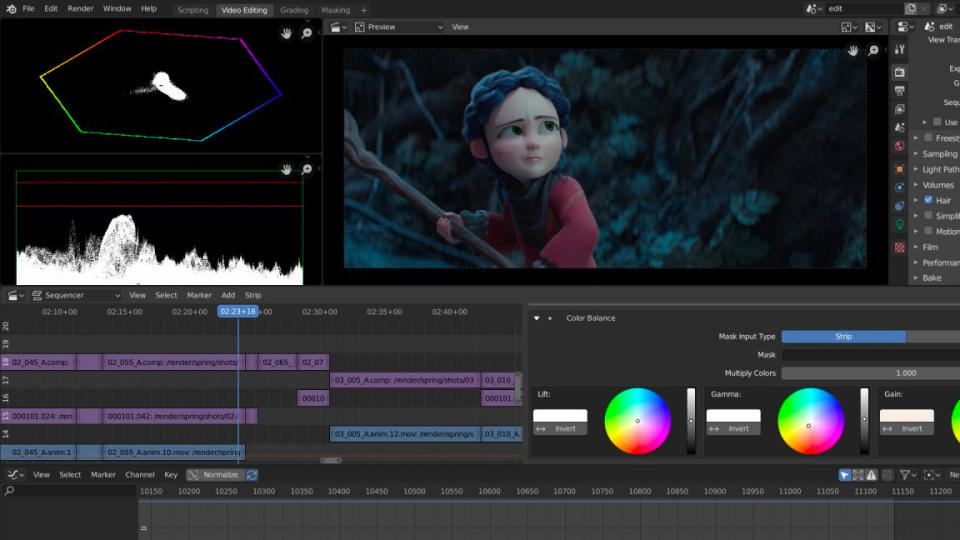
Blender system requirements
OS: Available on every major platform CPU: 64-bit quad core CPU with SSE2 support GPU: 2 GB VRAM, OpenGL 4.3 Memory: 8GB RAM
Blender is a general tool that covers almost every area of an artist’s workflow. The hardware required to run Blender will depend on which parts of the application you want to make use of. The CPU and GPU are two of the most important pieces of hardware for 3D artists, so I'll make a few comments about those.
The CPU is where instructions are processed and executed. The speed at which this is carried out is firmly dependent upon the quality of your CPU. To put it simply, the better the CPU, the quicker you’ll be able to create. The latest generations of Intel and AMD CPUs will deliver excellent results and the more cores you have the faster the processing will be carried out.
GPUs have come to the fore a lot in recent years because of the rise of real-time interactive rendering. It’s good to have a decent GPU to ensure that your scene renders efficiently in the viewport but it’s also worth having a decent GPU if you want to make use of real-time rendering. Read our guide to best GPUs and the best GPUs for laptops for more details.
Two GPU features to look out for are the number of cores and the size of VRAM. The higher the number of cores and the larger the amount of VRAM, the more able you’ll be to handle graphically complex scenes and large textures. NVIDIA cards are generally the best as they offer great driver support. Overall, read our guide to the best laptops for 3D modelling for more detail.
Blender: frequent questions
Is Blender still free?
Yes, despite more professionals and studios now using Blender it remains free to download and and use, including for commercial projects.
Can Blender run on iPad?
Not exactly, but you can mirror cast apps running on your Mac to iPad using software, one of the best is Astropad Studio. This 'mirrors' everything running on you desktop or laptop to the iPad screen, meaning you can make use of Apple Pencil for more precision.
Can you edit video in Blender
Yes, but it's limited. Blender features a built-in video sequence editor designed for animation but you can use it to make basic video cuts and edits too. It can also be used to colour grade. Blender's video editing includes: Live preview, luma waveform, chroma vectorscope and histogram displays.
Is Blender good for beginners?
Blender has got better at onboarding beginners with training and explainers, but being a free, open-source software means it doesn't have the spotless and developed UI of software like Maya. This means Blender can feel complex and challenging for newcomers, but if you've used other 3D animation and modelling software you will be fine.
What laptop configuration is good for Blender?
Blender is a complex 3D modelling and animation software and as such you'll need a very good laptop; the recommended specs are at least an Intel Core i7 or i9, or an AMD Ryzen 7 or 9 processor. You'll need a dedicated graphics card, so opt for a Nvidia GeForce RTX or AMD Radeon RX.

